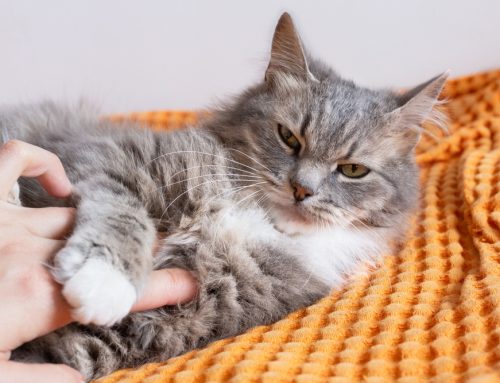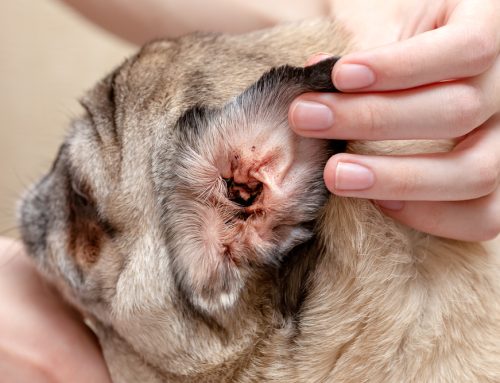It’s a common misconception that indoor cats don’t need to see the veterinarian regularly. They stay inside, so owners think they should be safe from accidents or disease. But, because your feline friend stays indoors most of the time doesn’t mean she doesn’t require the same preventive care as your dog for her general well-being. Here are five reasons you should routinely take your cat to the vet:
- Cats hide their pain — Cats are notoriously hard to read. Owners may plan to take their kitty to their veterinarian at the first sign of illness, but by the time a cat shows signs she is sick, the condition likely has progressed to a stage where it is hard to treat. A yearly wellness check-up and exam gives the veterinarian an opportunity to look her over from nose to tail, check for lumps, and listen to her heart and lungs. Each kitty should visit her veterinarian at least once per year (twice per year for cats over age 7) for an overall health check and dental exam. Of course, if you notice vomiting, diarrhea, increased drinking, or limping, your pet needs immediate veterinary attention.
- Accidents happen, so vaccinate — Many indoor-cat owners do not believe their pet needs rabies or distemper vaccinations, but this is a dangerous misunderstanding. Even the most careful pet owner cannot completely prevent a pet from escaping from the home, or wildlife or other cats from getting in. It’s important to protect your cat and your family from these dangerous diseases. Vaccination is quick and simple, whereas unvaccinated cats who are exposed to preventable diseases are often quarantined for long periods, or euthanized.
- Senior cats can get sick fast — If your senior “catizen” is older than 7, routine blood panels are necessary to watch for common ailments that strike in older age. Cats rarely show physical symptoms until a disease is well-progressed, and sometimes by the time an owner notices something is wrong, it’s too late for successful treatment. Kidney disease is common in older cats, and catching it early can mean the difference between having your cat for years after diagnosis, rather than only months. Early detection of kidney, liver, thyroid, and dental disease is key to helping your pet live a long, happy life.
- Parasites and fleas — Outdoor cats are at a higher risk for parasites, such as fleas, ticks, and heartworm, but indoor cats are also at risk from other family members, including the four-legged ones, going in and out. Fleas can easily find their way into the house—which is usually when pet owners notice the problem—and bother your indoor cat. So, regular yearly visits are important to have your veterinary team check your cat for signs of parasites, fleas, and ticks, and to discuss the appropriate parasite prevention for your pet and your family.

- Establish a routine and a relationship with your veterinarian — This may not occur to pet owners until their pet falls ill and needs emergency care, in which case an emergency vet hospital is the best place. But, you need to start by visiting a family veterinary clinic like ours, because the more familiar the team is with your pet, the better it is for both the team and your cat, whether she is there for a routine wellness check or some minor first aid, or she is acutely ill. Familiarity with the building and the people also will make your cat more comfortable with veterinary visits, and using non-traumatic wellness visits to build this relationship is most likely to be successful.
Although cats seem self-sufficient, it’s up to their owners to advocate for their proper veterinary care. Follow your veterinarian’s guidelines for your cat from kittenhood to senior catizan, including regular visits for wellness checks, vaccines, and dental exams. The saying, “An ounce of prevention is worth a pound of cure,” definitely holds true for your feline companion. Contact our office today to make her appointment.








Leave A Comment